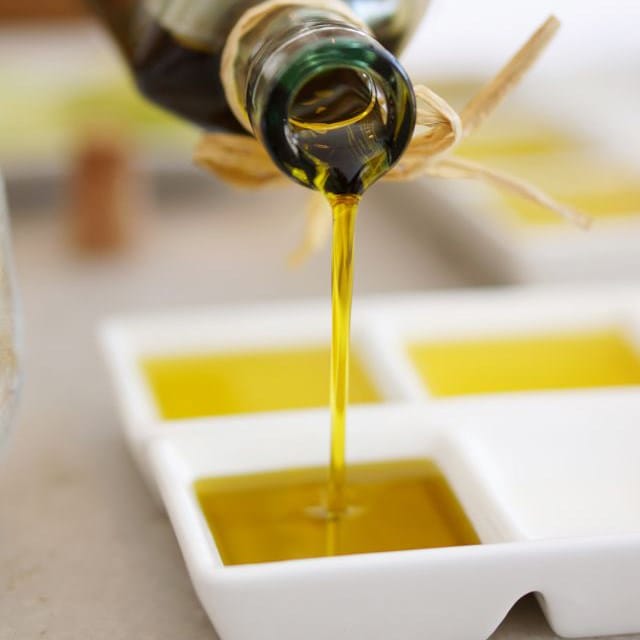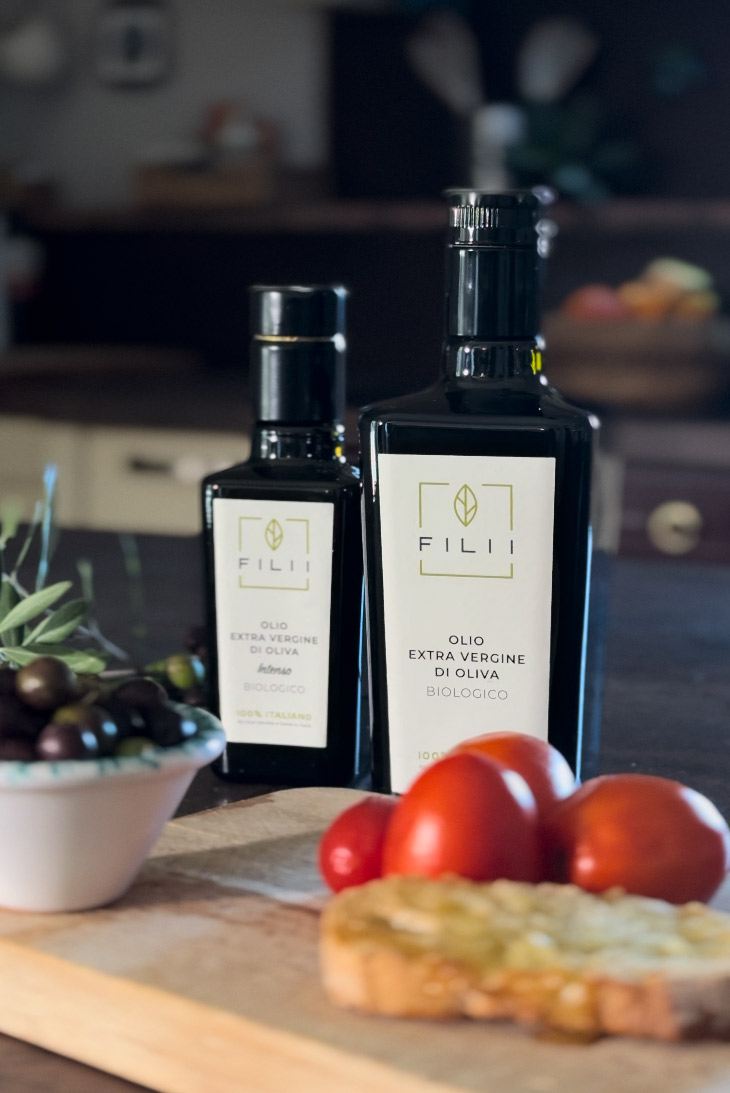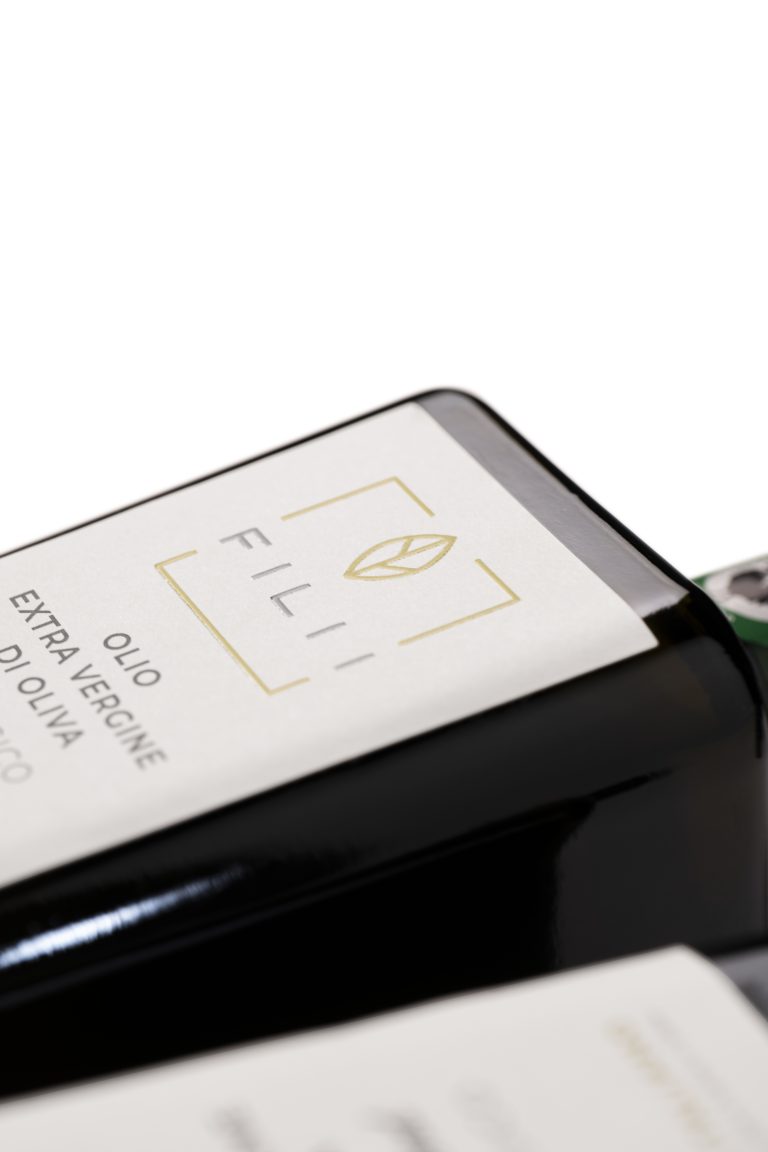
Olive oil vs. seeds oil
- Post author:Guest-admin
- Post published:January 7, 2025
- Post category:Approfondimenti EN
Many will remember the famous 1980s commercial featuring actor Nino Castelnuovo jumping over a fence to promote the lightness and digestibility of Cuore oil, obtained from corn seeds. Even today, many consumers prefer corn seed oil (or other vegetable seed oils) over extra virgin olive oil for the properties described. In reality, the comparison based on scientific knowledge favors the consumption of extra virgin olive oil. Let’s see why.
First of all, seed oils are usually extracted using chemical solvents and then refined, unlike extra virgin olive oil, which is obtained directly from olives—i.e., the fruit of the olive tree—through exclusively mechanical processes.
On the market, organic seed oils obtained through cold-press mechanical extraction are becoming more common, offering a “natural” choice that preserves the integrity and healthiness of nutrients. In reality, the differences between extra virgin olive oil and seed oil go beyond the origin and production method, encompassing nutritional profile, flavor, and culinary uses.
Extra virgin olive oil contains oleic acid (monounsaturated fatty acid) and a balanced amount of polyunsaturated fatty acids, better known as omega-6 (linoleic acid) and omega-3 (alpha-linolenic acid), which help combat cholesterol and the onset of cardiovascular diseases. It also contains polyphenols—with high antioxidant properties—and vitamin E.
Organic seed oils, particularly corn and sunflower (but also peanut), contain a good quantity of vitamins and polyunsaturated fatty acids. However, the ratio between omega-6 and omega-3 is unbalanced due to the excess of omega-6, which in the long term can cause inflammation in the body.
Moreover, in seed oils obtained through the refining process, high amounts of trans fatty acids may be found, which are potentially harmful to health.
Regarding organoleptic characteristics, extra virgin olive oil features an aromatic bouquet supported by a vegetal flavor and a pungent sensation of varying intensity that can enhance the taste of many recipes. In contrast, seed oils typically have a very delicate flavor—like flax, pumpkin, and soy—or an almost imperceptible one, like sunflower.
Some people also prefer seed oils over extra virgin olive oil for cooking, for example in frying. In reality, extra virgin olive oil shows its best in all preparations—from working dough to preserving foods and even high-temperature cooking—thanks to its notable ability to withstand thermal stress.
Finally, calories are the same for all vegetable fats, while extra virgin olive oil is the most digestible food right after breast milk.






